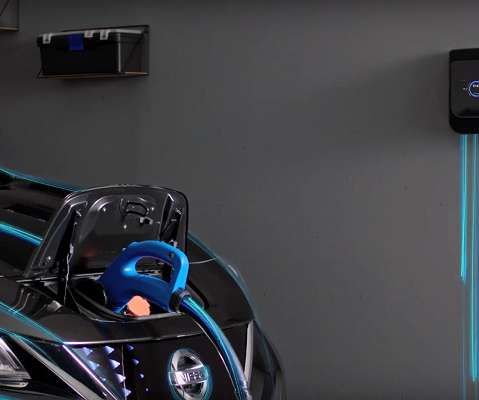Why Bidirectional Charging is The Next Big Thing for EV Owners
Wallbox
JANUARY 4, 2021
Well, when an EV is charged, AC (alternating current) electricity from the grid is converted to DC (direct current) electricity, the kind that can be used by a car. This conversion is carried out by either the car’s own converter or a converter located in the charger. What Is Bidirectional or “Two-way” Charging Used For?












Let's personalize your content